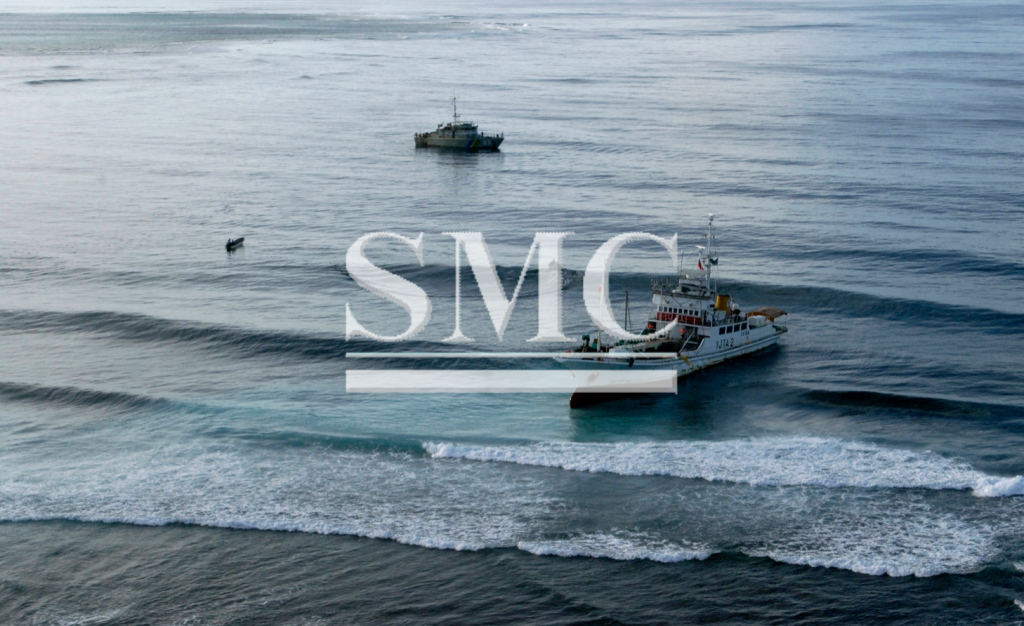
- Company overview The heart of SMC Vision & Philsophy Partnership Certifications Company culture
- Our service Design and Engineering Maintenance and Service Examine Production Line Upgrade and Transformation Storage and Logistics Processing, Trading and Distributor
- Management Our history Global responsibility Info Center
- Procurement center Internship
- Metal Steel Products Stainless Steel Products Aluminum Products Copper Products Galvanized Steel and PPGI Special Alloy Building Material
- Containers ISO Standard Container Equipment Container Storage Container Refrigerated/Reefer Container Offshore Container Container House Tank Container Container Fittings Container Trailer
- Gas Cylinder & Fire Extinguisher Cryogenic Liquid Cylinder Oxygen Gas Cylinder Storage Tank CNG Gas Cylinder LPG Gas Cylinder Hydrogen Gas Cylinder Nitrogen Gas Cylinder Industry Gas Cylinder Fire Extinguisher
- Metal Machinery Forming Machine Cutting Machine Processing Machine Bending Machine Block Machine Other Machinery Motor Spare Parts
- Mechanical Products Miscellany Mooring Equipment Marine Equipment Vehicle Industry Pressure Vessel Conveyor Belt Laser Equipment Bearing
- Electrical System Power Distribution Automation Electrical Cable Solar Power System Electric Protection System Transformer Production Line Lighting System
- Project Plastic Pipes and Pipe Fittings Fiberglass Reinforced Plastic Pontoon System
Everything you need to know about Aluminum patrol boat
These vessels may be constructed from either aluminum or fiberglass, each material having its own set of advantages and disadvantages from a lightning protection perspective. A common requirement for both is that the protective zone covers the whole deck area. Careful attention is paid to bonding of metallic fittings to prevent hazardous voltages from forming. Enhanced grounding minimizes the absolute potential reached by the craft during a lightning strike. This lowers the risk of a sideflash to a nearby floating object. Given the rigorous use expected, all components are heavy duty and designed for the marine environment, and careful attention is made to interconnections to minimize the risk of overheating.
Special hazards
Whether the patrol involves interception or rescue, being able to operate in all types of weather is a prerequisite for this type of craft. Since operations are possible in the middle of severe storms, safety for the crew is paramount, and survivability of engine electrical systems and communication electronics is highly desirable.
Layout
The lightning conductors and grounding electrodes would be required for an fiberglass hull. This system has the following features: multiple external air terminals that provide a protective zone over the whole deck, four grounding electrodes, aluminum hull used for contact ground, DC ground connected to lightnig system via isolating air gap.

Surge suppressors on communication antennas improve the survivability of these key systems. In order to place all crew members in a zone of protection, the tips of the external air terminals are higher than the head of a crew member. This provides far superior protection to a single rod, and the air terminals can be much lower. provide external paths for the lightning current. The aluminum hull provides the necessary electrical connections between the air terminals and the grounding electrodes. The two electrodes at the stern of an aluminum patrol provides alternative discharge paths to the engine outdrives to lower the risk of engine damage while the two electrodes amidships offer a direct path to the water surface whether the craft is sationary or moving at top speed.
Observations of surface discharges from lighting strikes and high voltage discharges indicate that the most efficient way to divert the lightning electrical energy from the boat is towards the surface of the water where the charge to be neutralized resides.
